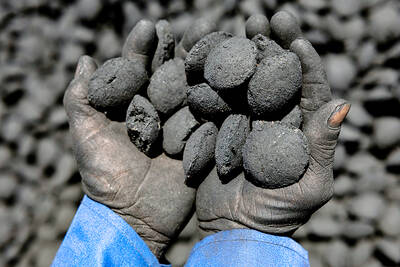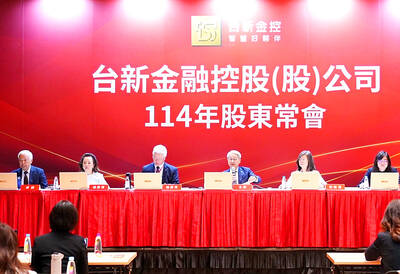Leading US banks abandoned on Friday a joint plan to create a massive fund aimed at easing the global liquidity squeeze as a result of lack of interest in the market.
Bank of America, Citigroup and JPMorgan Chase had announced in October a plan to create a single "master-enhanced liquidity conduit" to buy up troubled debt with adequate collateral.
The banks reportedly wanted to pump in between US$75 billion and US$100 billion into the fund, which would buy assets from "structured investment vehicles" (SIV), which have been hit by the credit squeeze.
But the banks, in a joint statement, said the plan would not go forward.
"Based upon the feedback that the bank consortium and the advisor have received from domestic and global liquidity sources and from prospective SIV participants, they have determined the vehicle is not needed at this time," the statement said.
The plan, which was backed by US Treasury Secretary Henry Paulson, was seen as a major effort by the private banking sector to help restore normal credit conditions after turmoil sparked by losses and a lack of confidence in subprime mortgage assets.
It was aimed at reopening credit lines for borrowers with good credit who have been hurt by fears about spreading woes from the subprime credit crisis.
The plan was facilitated by US Treasury officials in an effort to help unblock credit in the face of a squeeze that had prompted lenders to scale back many types of lending.
The fund is aimed at helping restore normal credit conditions for mortgage securities, but also for short-term corporate loans many firms need to meet payroll and other day-to-day expenses.

Greek tourism student Katerina quit within a month of starting work at a five-star hotel in Halkidiki, one of the country’s top destinations, because she said conditions were so dire. Beyond the bad pay, the 22-year-old said that her working and living conditions were “miserable and unacceptable.” Millions holiday in Greece every year, but its vital tourism industry is finding it harder and harder to recruit Greeks to look after them. “I was asked to work in any department of the hotel where there was a need, from service to cleaning,” said Katerina, a tourism and marketing student, who would

i Gasoline and diesel prices at fuel stations are this week to rise NT$0.1 per liter, as tensions in the Middle East pushed crude oil prices higher last week, CPC Corp, Taiwan (台灣中油) and Formosa Petrochemical Corp (台塑石化) said yesterday. International crude oil prices last week rose for the third consecutive week due to an escalating conflict between Israel and Iran, as the market is concerned that the situation in the Middle East might affect crude oil supply, CPC and Formosa said in separate statements. Front-month Brent crude oil futures — the international oil benchmark — rose 3.75 percent to settle at US$77.01

As they zigzagged from one machine to another in the searing African sun, the workers were covered in black soot. However, the charcoal they were making is known as “green,” and backers hope it can save impoverished Chad from rampant deforestation. Chad, a vast, landlocked country of 19 million people perched at the crossroads of north and central Africa, is steadily turning to desert. It has lost more than 90 percent of its forest cover since the 1970s, hit by climate change and overexploitation of trees for household uses such as cooking, officials say. “Green charcoal” aims to protect what

NEW BEGINNING: The merger would be named TS Financial Holding Co and would become Taiwan’s fourth-largest financial holding company by total assets The merger of Taishin Financial Holding Co (台新金控) and Shin Kong Financial Holding Co (新光金控) is set to be finalized on July 24, Taishin Financial Chairman Thomas Wu (吳東亮) said yesterday. Speaking at the company’s annual general meeting in Taipei, Wu said that the merged entity would be named TS Financial Holding Co (台新新光金控) and would become the fourth-largest financial holding company in Taiwan by total assets. The two companies first announced the merger in August last year, and after receiving approval from shareholders a month later, the Fair Trade Commission in January, and the Financial Supervisory Commission in March, the merger